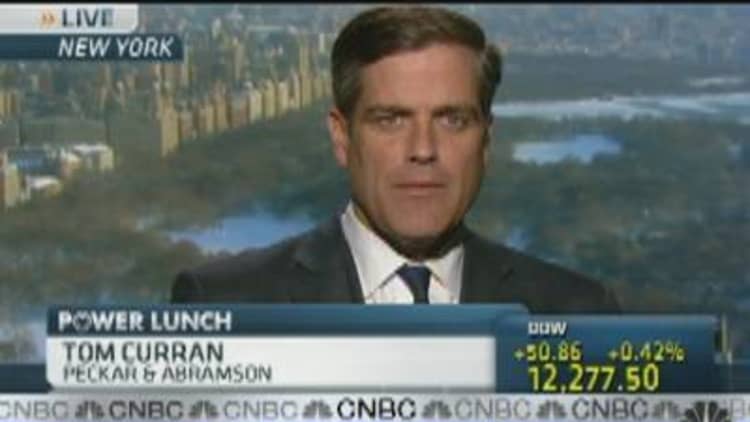More victims of the Bernard Madoff Ponzi scheme could be made whole under a motion filed in U.S. Bankruptcy Court in New York Tuesday.
Irving Picard, the court-appointed trustee who has been rounding up funds for the victims since shortly after the scam collapsed nearly seven years ago, is asking for permission to return another $1.5 billion to investors, on top of more than $7.6 billion paid out thus far. If a federal judge approves the payout, victims with losses as high as $1,161,193.87 will have been made whole, at least as far as their principal investment is concerned. Losses higher than that would be repaid at around 57 cents on the dollar, recoveries normally unheard of in a Ponzi scheme.
Picard's motion is the result of a Supreme Court decision earlier this month not to hear an appeal by some Madoff investors who wanted Picard to adjust the payments for inflation. The bankruptcy court had required Picard to hold the money in reserve while the case played out.
The Supreme Court decision was a major victory for Picard, who has recovered nearly $11 billion of the $17.5 billion in principal lost in the fraud. The so-called "time-based damages" case was the last major appeal of Picard's formula for distributing the money. If the latest motion is approved, only about $1.7 billion will remain in reserve while a handful of individual cases play out.
The recoveries and payouts are more than just about anyone thought possible when Madoff's fraud first came to light in December, 2008. Flooded with redemption requests at the height of the financial crisis, Madoff confessed his wildly successful investment advisory business was in fact a massive Ponzi scheme. Investors had been told their accounts had grown to some $65 billion, but in fact Madoff had been fabricating trades for years.
Picard, whose fees are paid not by investors but by Wall Street firms through the Securities Investor Protection Corporation (SIPC), announced early on that victims would be entitled only to their "net equity" — the amount they had deposited with Madoff minus any money they had withdrawn. That set off a frenzy in court, as investors tried to recover at least some of the gains they thought they had made.
In addition to challenging the net equity formula itself, some victims demanded interest on their money. But courts rejected virtually all the appeals including the demand that payouts at least be adjusted for inflation. A federal appeals court in February upheld the bankruptcy court's rejection of that claim. The Supreme Court's decision not to hear the case, announced without explanation on Oct. 5, meant the lower court ruling stands.
SIPC President Stephen Harbeck said in a statement that the result is good news for investors.
"The result here, fully funded by SIPC at no cost to customers, shows that the Securities Investor Protection Act functions as Congress intended," he said.
Read More Supreme Court: No inflation gains for Madoff victims

Madoff himself, serving a 150-year sentence at a federal prison in North Carolina, has previously claimed he helped the process, including pressuring the widow of one of his largest investors, Jeffry Picower, to return $7.2 billion in the largest single settlement in the case. But Picard has said there is no evidence the disgraced financier has played any role in the recoveries, and attorneys for Mrs. Picower have denied Madoff's story.
Meanwhile, a separate $4 billion fund made up of criminal forfeitures in the case is aimed at those who invested with Madoff indirectly through feeder funds. A court-appointed Special Master of that fund, former SEC Chairman Richard Breeden, is still sorting through tens of thousands of claims.


